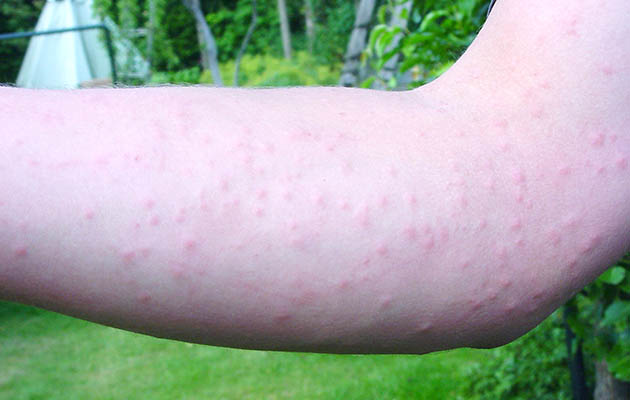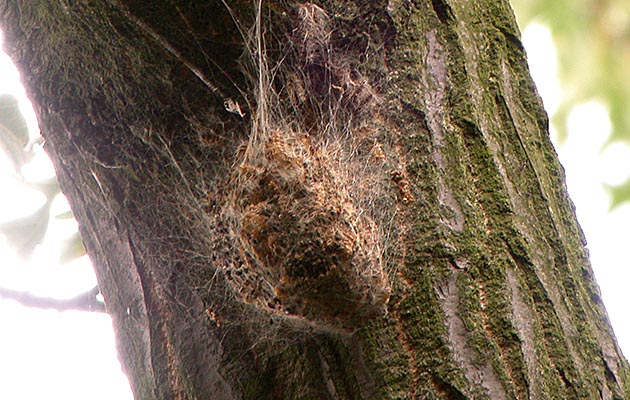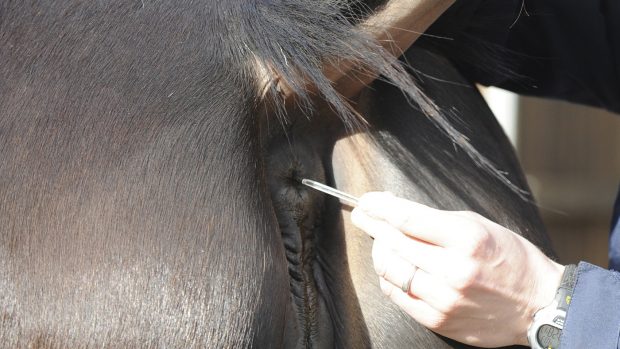RIDERS in the southeast have been urged to be alert for caterpillars which are a human and animal health hazard.
Horse-owners have been asked to look out for and report the insect pest, which can cause eye and skin irritations in their animals, as well as breathing difficulties.
Humans can also develop rashes and throat irritations from exposure to the larvae of the oak processionary moth (OPM), a foreign species accidentally introduced 11 years ago.
OPM is a pest as the caterpillars, which move in processions, feed on oak leaves, which weakens the trees.
They also have thousands of tiny hairs which become detached and airborne.
The hairs contain a substance called thaumetopoein , which can cause itching and skin rashes, as well as eye, ear and throat irritations and breathing difficulties, in people and animals.

Other signs reported in animals, particularly those that have sniffed or tried to eat the caterpillars or their nests, include excess salivation, swollen tongues, conjunctivitis, gagging, respiratory distress and mouth inflammation.
The hairs also accumulate in the caterpillars’ nests, which they build on oak trees in May and June, sometimes at ground level.

The nests, and the caterpillars, sometimes fall to the ground, causing a risk to horses and livestock, as well as to other animals and children.
The Forestry Commission is working with councils and landowners to minimise the spread of the pest, in a control programme funded by Defra.
Project manager Andrew Hoppit said: “It’s essential that people who care for animals in the affected areas are aware of this pest and ways to minimise the risk.”
Protective measures include fencing affected oak trees off, stabling or covering horses on windy days, and avoiding tracks lined by affected oak trees.
The main risk period is April to July, when the caterpillars are active, but their nests, which contain thousands of cast hairs, remain a hazard for many months.
Mr Hoppit said: “I also encourage horse owners to help us by reporting sightings of the pest using the ‘Tree Alert’ reporting tool on our website, which has a lot of helpful information, including guides to recognising OPM.”
People who think their animals have been seriously affected should consult a vet. The effects of OPM contact on people, although unpleasant, are not usually serious and should pass in a few days.
Related articles:
- Plume moth on the attack in fight against ragwort
- How to protect your horse from turnout injuries
- How to keep hooves healthy this summer *H&H VIP*
People who have been affected can consult a pharmacist for relief from the symptoms, or a doctor for serious allergic reactions, although these are rare.
For more information on OPM, click here.




